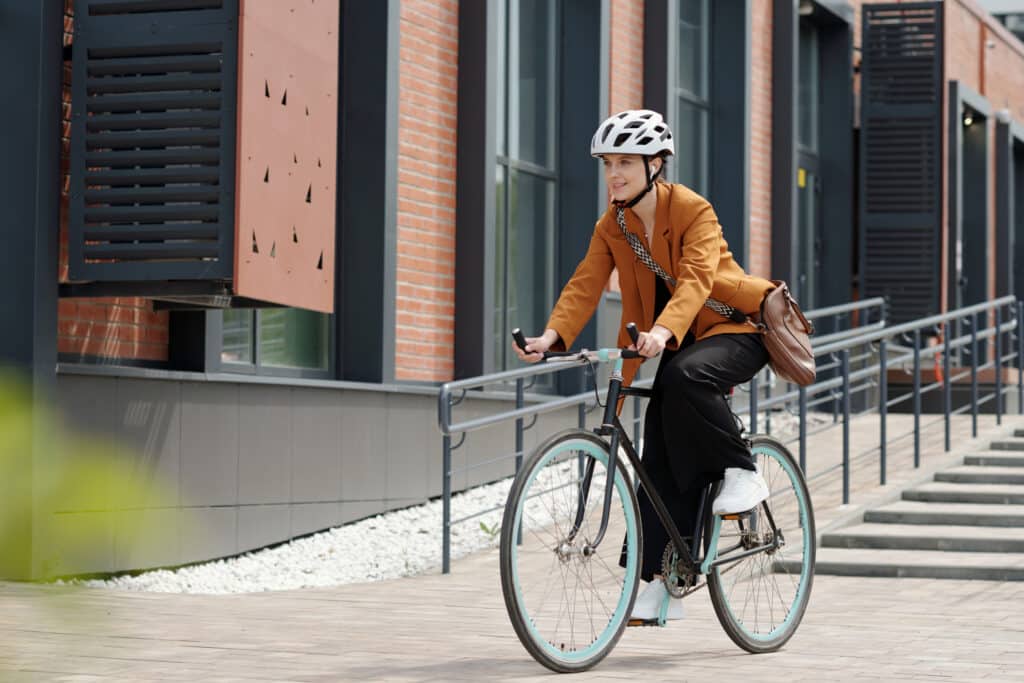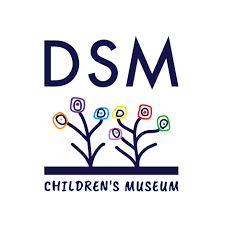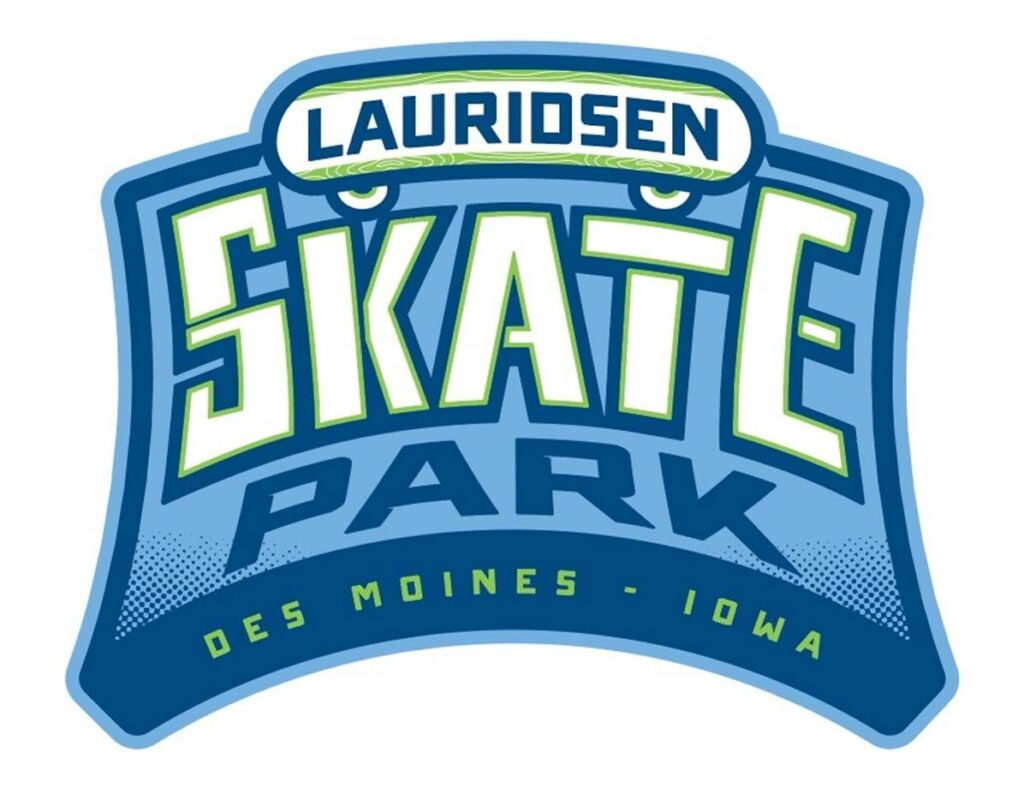THE BIG QUESTION: What is the biggest challenge facing the arts community in Greater Des Moines?

Area leaders in the arts are quick to point out the good things in the community, citing things such as the John and Mary Pappajohn Sculpture Park, the Civic Center of Greater Des Moines and the Des Moines Art Center.
Among the largest challenges, though, are helping people realize just how important a strong arts sector is for Greater Des Moines, and celebrating local artists.
“Des Moines is quite supportive of the arts, but we can do more,” said Zachary Mannheimer, executive director of the Des Moines Social Club. “We’re kind of shooting ourselves in the foot for not celebrating this. We’re the No. 1 place for business, we’re the No. 1 place for young professionals, we’re the No. 1 place to raise a family. But we have zero local cultural accolades. … The missing piece of the puzzle to make us the world-class city that everybody desires is to get one of those accolades for our local artists.
The Business Record talked to Mannheimer and two other area leaders to get their opinion on what challenges are facing the arts community.

Director, Des Moines Art Center
The notion, at least in this community, that arts and culture organizations add to the quality of life I think is established and recognized. I think we need to do a better job of also positioning ourselves as important contributors to the economic vitality of the region as well. I can’t imagine that a corporation like Principal (Financial Group Inc.) or Nationwide (Mutual Insurance Co.) or Pioneer (Hi-Bred International Inc.) would find qualified employees that would come to a city that did not have an institution, like the Art Center, the Civic Center, Living History Farms, the opera, the symphony, in its community. I feel like it certainly could be highlighted in any number of ways. This is an ongoing discussion. The economic impact that these institutions have in this community I think is really quite enormous. That’s in terms of tangible dollars generated. An intangible aspect would be creating an environment where employees would want to live and creating an environment where employees would move. It trickles down the whole cycle – schools, houses, etc. The Western Gateway (Park) is a beautiful example, what we’re seeing developing around there with the addition of the sculpture park there and the addition of a qualitative green space. It’s really transforming that section of the city.

Executive director, Des Moines Social Club
I’d say the largest problem is philosophical in that the biggest issue the arts, and Des Moines in general, has to progress is the risk-averse nature of the city. That’s beginning to change, certainly, with Capital Crossroads pushing that agenda, and we’re seeing an influx of young people and the new status as the No. 1 city for young professionals and all that. Still, the problem of the risk-averse nature of Des Moines prevails with all this stuff. When an artist has an idea to produce an event or a show or a piece of work, or whatever it is, the artist needs to be encouraged to get the work done, have a space to do that and have some sort of funding available to make it happen so they can sell the work and begin to get an income. If you’re an artist from Iowa, you tend to have a lower amount of popularity and interest than if you’re an artist from elsewhere. We don’t celebrate our local artists as much as we celebrate artists from anywhere but here. That’s a major thing that needs to change.

Executive director, Bravo Greater Des Moines
The obvious answer is funding. The arts community, typically, nationally as well, sees less than 5 percent of all charitable contributions. Funding is key. Next to financial support, the greatest challenge is the understanding and appreciation of the value a thriving arts community brings to an overall community. I would say both quantitatively as a sector that contributes significantly to our local economy, and qualitatively, the arts community is a provider of quality-of-life services, services that we all enjoy and perhaps take for granted here in the Greater Des Moines region. I can follow up on that and say it’s important that our citizens understand and appreciate the fact that the arts are intricately woven into the overall fabric of our community, from individual expressions, to education, to entertainment, to public art, to the attraction of employees, and ultimately to the creation of a distinct signature and/or brand of a growing, effective community like Des Moines. Certainly Des Moines is very supportive and very appreciative. We’ve still got some work to do around understanding the value that the arts bring to the community. We can all do better, and as a community we can do better to not only understand and appreciate (the arts), but turn around and support arts in ways beyond financial support.










